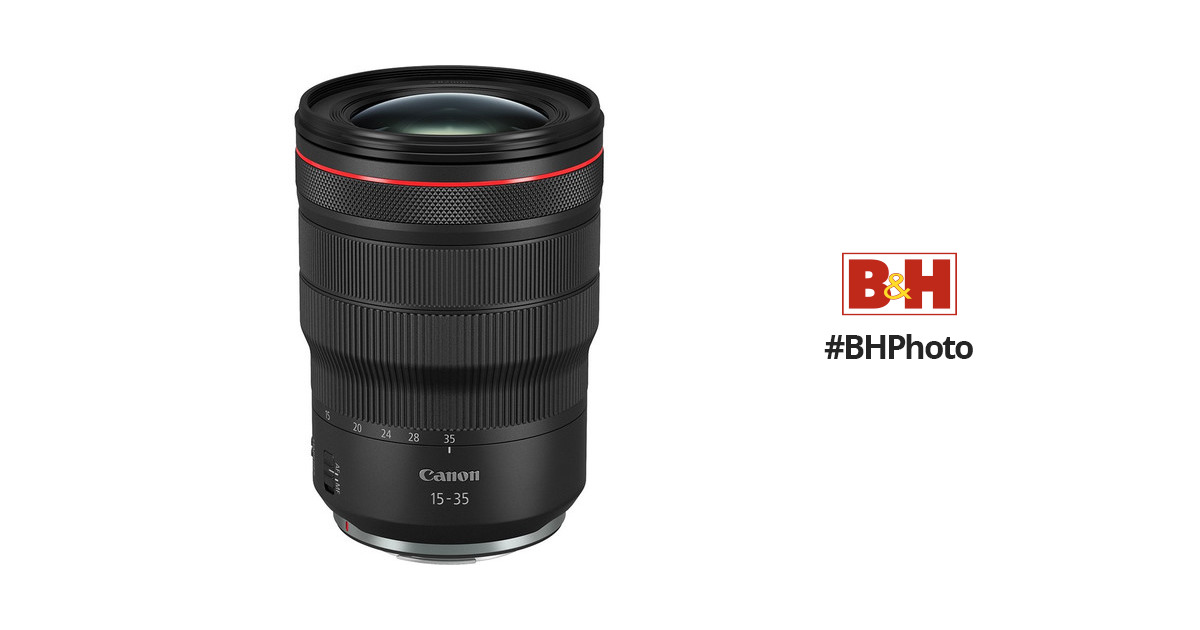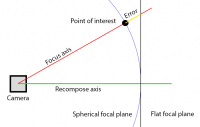the Sigma 14-24/2.8 --is a great lens wide open. the issue: it suffers from a substantial focus shift once stopped down to F4 and beyond. yes, one can notice that even with such a deep DoF at super wide focal lengths. I was going to obtain one for my low light crowd shots.. 14mm sounds tempting.. but.. why, SIgma, why...Well that is true, though a few people, notably Dustin Abbott, have praised its rendering you're quite right it falls short in measurable terms. Which again I feel re-inforces that the EF 24-70 2.8L II was just one of those lenses that set a new standard and somehow found something special previously missed. I don't say it as a Canon fanboy either. Probably the best example from recent years of such a lens was Nikon's 14-24. I wasn't alone in using it adapted to a Canon SLR back when Canon offered very little with high quality in the wide angle arena. All these years later and Sigma brings out a 14-24 2.8 Art that isn't really that much different. Canon never did bring one out a 14-24 2.8 and Tamron only got to 15mm.
Every now and then you get those kind of lenses that it takes years for others to catch up and I think the EF 24-70 2.8L II was just such a lens.
Upvote
0



